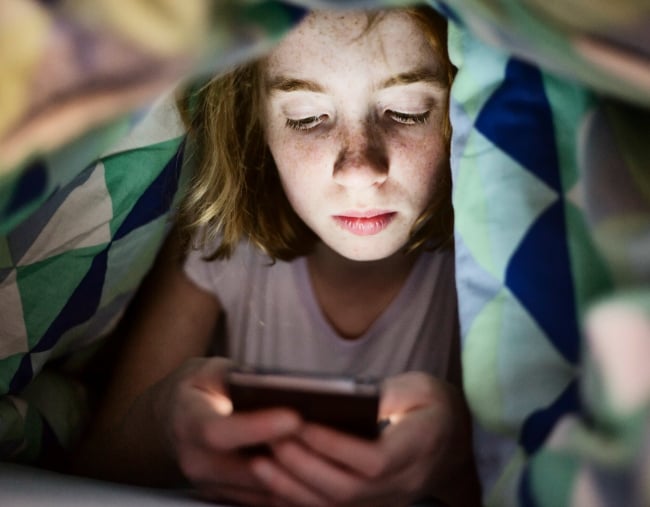
Content warning: This post mentions themes of eating disorders and mental health issues some readers may find triggering.
Three years ago, when my daughter was 16, she brought home her new best friend. Her name was Anorexia.
I had been feeling for a while that something was going on. Over the last few months, Emily had become sullen, withdrawn, secretive – especially around food. At first, it didn’t make sense. How could a happy, beautiful, clever girl, change so quickly? But, when I met Anorexia, it all made sense.
Anorexia put her arm through Emily’s and kept a tight hold. She skipped along and tricked her into thinking that she was a safe and supportive friend. If Emily did everything that Anorexia told her to do, she would feel more in control, less anxious, less worried. Truth was that if Emily did everything Anorexia told her to do, she would die.
Over the next six months, I tried many different tactics to get rid of Anorexia. As Paul Kelly would say – as a mother – I did all the dumb things. I tried to drag Emily onto the scales so she could see how much weight she was losing. I forced all family members to stay at the table until Emily’s meal was eaten. I bribed. I bargained. I begged. I threw things. I stormed out. I cried. I sobbed. I watched, helpless. And the whole time I was doing all these dumb things, Emily was becoming thinner and thinner and Anorexia was sitting there at the dining table, rubbing her hands with glee. She knew she had me beaten, because I didn’t understand her.
In May last year, Anorexia almost got her ultimate wish. In a week where all Emily had to eat was a couple of almonds and where she exercised so hard, she passed out on a treadmill, she was rushed to hospital, gravely ill. I felt relief. At last now she would be in the hands of people who knew what to do. But, as I sat in the Emergency Department of one of the largest teaching hospitals in Australia watching Anorexia run amok, my relief turned to disbelief.




























































































